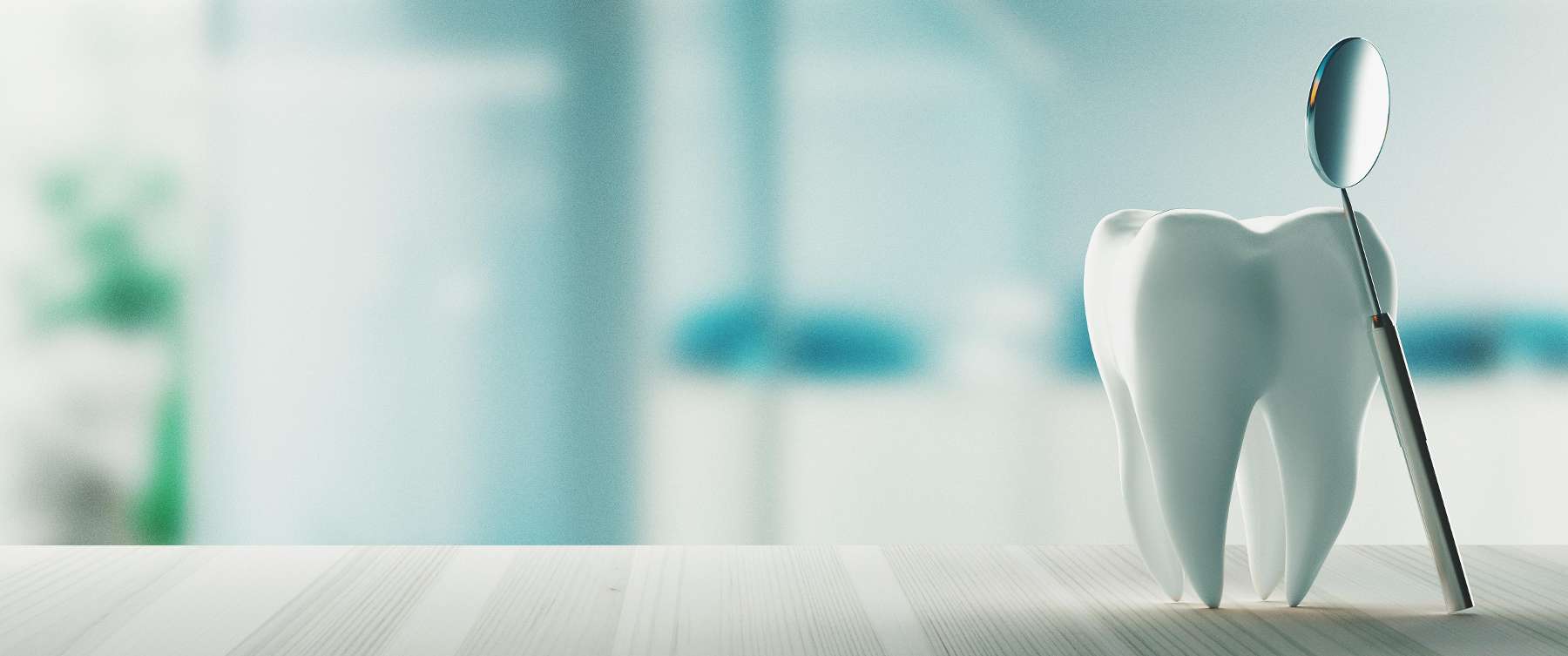
Last Updated: August 14, 2025
Summer's relaxed schedule often means a relaxed dental routine, with later bedtimes and more snacks leading to less frequent brushing and flossing. As the new school year begins, it's the perfect time to get back on track. Inconsistent oral care, even for a short time, can lead to plaque buildup, cavities, and early-stage gum disease (gingivitis).
As pediatric dental experts, we know that getting back on a routine can be tough. That’s why we've put together this guide to help you and your child refocus on consistent dental habits for a healthy school year.
The Importance of a Consistent Routine
Brushing and flossing are more than just habits—they are your child’s first line of defense against oral health issues. Plaque is a sticky film of bacteria that constantly forms on teeth. If left on the tooth surface, these bacteria produce acids that attack and wear down the protective enamel. Over time, this leads to tooth decay and cavities.
Regular brushing, twice a day, removes this plaque from the surfaces of the teeth. Flossing, once a day, is just as crucial because it removes plaque from the tight spaces between teeth that a toothbrush can’t reach. This simple, two-step routine is essential for preventing cavities and keeping gums healthy.
6 Tips for Re-establishing a Dental Routine
1. Create a New Brushing and Flossing Schedule
Set specific times for brushing and flossing, ideally after breakfast and before bed. Consistency is key, so make these times a non-negotiable part of the daily routine. The more you stick to it, the faster it becomes a habit.
2. Turn It into a Family Activity
Children learn by example. By brushing and flossing alongside your child, you show them that dental care is important for everyone. This makes the routine a fun, shared experience rather than a chore.
3. Incorporate Dental Care into Daily Routines
Connect brushing and flossing with other existing routines. For example, have your child brush their teeth right after they get dressed for bed. This helps the new habit seamlessly integrate into their daily life.
4. Choose the Right Toothbrush and Toothpaste
Make sure your child is using an age-appropriate toothbrush with soft bristles to prevent gum recession. The American Dental Association (ADA) recommends using a fluoride toothpaste because fluoride helps remineralize and strengthen enamel, making teeth more resistant to cavities.
5. The Importance of Flossing
Teach your child how to floss correctly and explain why it's necessary to clean the interdental spaces (the areas between teeth). For younger children, you may need to assist them until they have the motor skills to do it themselves.
6. Using Mouthwash for Extra Protection
Consider adding an age-appropriate, alcohol-free fluoride mouthwash to your child’s routine. It can provide extra cavity protection, but it should not replace brushing and flossing.
Preventive Pediatric Dentistry for a Healthy School Year
The best way to ensure your child’s smile stays healthy is with regular professional care. Our team is dedicated to providing the best preventive dental care for children. Regular check-ups allow us to monitor your child's oral health, provide professional cleanings, and apply dental sealants to protect against cavities.
How can I book an appointment?
For more tips or to schedule an appointment, contact us today! We are here to help your child start the school year with a healthy, confident smile.
